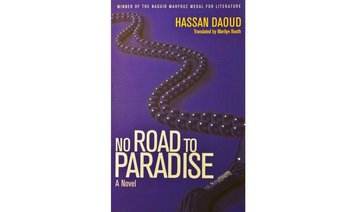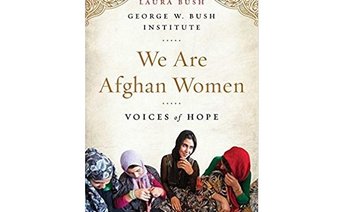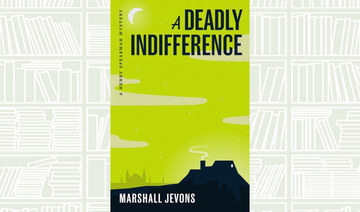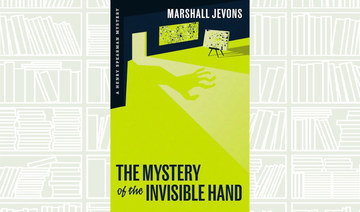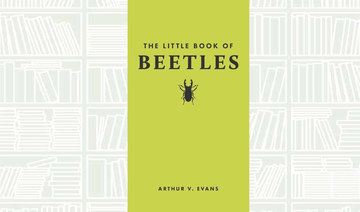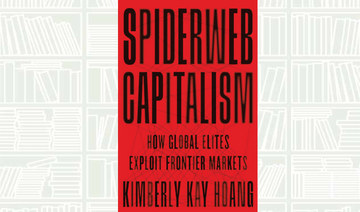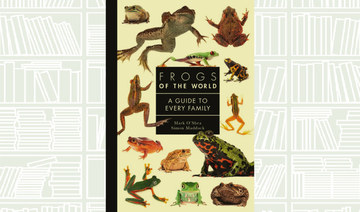Since leaving the White House, the Obamas have taken holidays in Palm Springs, the Caribbean and Hawaii. They are still decompressing after an intense period that dates back to Barack Obama’s 2004 convention speech. According to his former senior adviser, Valerie Jarrett, “he is enjoying a lower profile where he can relax, reflect and enjoy his family and friends.”
Obama is still young and he left office held in high esteem. He has expressed his desire to remain active in civic life, but he is still keeping a low profile. However, his whereabouts have been obsessively scrutinized and, for many, it is not too soon to judge the former US president.
Pulitzer Prize-winning writer Michael D’Antonio tackles Obama’s legacy in “A Consequential President: The Legacy of Barack Obama.” This book is a step toward developing a fuller appreciation of President Obama’s legacy.
Obama took the oath of office before a crowd of more than 1.8 million people, which was, by some estimates, the largest ever such crowd gathered in Washington. During his inaugural address, he underlined the three major challenges facing the country, namely the deepest economic recession since 1929, terrorism and climate change.
The recession remained the most important problem Obama faced during his presidency and he could not wait to put an end to it. Millions of people had lost their jobs. The value of real estate was going down and, during the course of 2008, some 860,000 homeowners received foreclosure notices. Bill Clinton famously remarked during the 1992 presidential election that the primary concern is “the economy, stupid” and the economy remained the highest priority for Obama throughout his presidency.
When Obama signed the Recovery Act, he said that it was “the beginning of the end” of the recession. This bill was the most expensive and most radical economic program ever implemented by Washington. Beside tax breaks for businesses and individuals, about $500 billion would be allocated for food stamps, unemployment benefits, lunches for poor schoolchildren and for an exhaustive list of projects that would revive the economy and invest in lasting public works.
Obama also rescued America’s three biggest auto companies — Chrysler, General Motors and Ford — from the brink of disaster. Their CEOs had, according to the book, traveled to Washington by private jet to ask for a $25 billion taxpayer bailout. “The carmakers were in deep trouble caused, in part, by their own blunders,” D’Antonio wrote. “They had failed to offer models that would sustain market share and profit over the long term,” he added. In short, these companies had created, engineered and produced failed models.
On March 30, when president Obama addressed the car industry’s crisis, he said: “We cannot, and must not and we will not let our auto industry simply vanish. This industry is like no other, it’s an emblem of the American spirit (and) a once and future symbol of America’s success. It’s a pillar of our economy that has held up the dreams of millions of our people.” He added: “We cannot continue to excuse poor decisions. We cannot make the survival of our auto industry dependent on an unending flow of taxpayer dollars. These companies and this industry must ultimately stand on their own and not as wards of the state.”
The Economist had initially criticized Obama’s rescue plan and argued that “General Motors deserved extinction.” One year later, in August 2010, the editors admitted they had been wrong: “An apology is due to Barack Obama — his takeover of General Motors could have gone horribly wrong, but it has not.”
Doris Kearns Goodwin, presidential historian and author of bestselling biographies, wrote that “in the near-term, Obama brought stability to the economy, to the job market, to the housing market, to the auto industry and to the banks. That’s what he’s handing over, an economy that is in far better form than it was when he took over.”
Obama’s health care reforms, another great achievement, put an end to the soaring cost of medical care and to the inadequate treatment that threatened the health and well-being of millions of Americans.
Before the Affordable Care Act, people diagnosed with cancer who had no health insurance were treated with the help of charities and by incurring crushing debts. But this act, which has been nicknamed “Obamacare,” ensured Americans had access to cutting-edge treatment at a reasonable cost.
On the day Obama signed the bill, he announced that it was not a “radical reform,” rather a “major reform” that would show that “we are still a people capable of doing big things.”
Obama was also awarded the Nobel Peace Prize for “his extraordinary efforts to strengthen international diplomacy and cooperation between peoples” and because the committee recognized that “only very rarely has a person, to the same extent as Obama, captured the world’s attention and given its people hope for a better future.”
Despite this, his inability to act in Syria created a political, human and moral disaster. During an interview, Obama acknowledged that Syria was the issue that haunted him the most. Syria represents Obama’s biggest foreign policy failure.
However, Obama’s legacy rests on many other aspects of his time as president and his rise to the post.
“The single undeniable aspect of Obama’s legacy is that he demonstrated that a black man can become president of the United States. This accomplishment will inform the first line in his obituary and will earn him assured mention in every American history textbook written from now to eternity,” said H.W. Brands, a professor of history at the University of Texas.
Obama will also be remembered for his grace and the lack of any personal scandals, according to the book. In the long term, historians will take over from journalists and analyze his time in office. However, there is still a lot we cannot know until time passes.
Book Review: The legacy of a president
Book Review: The legacy of a president
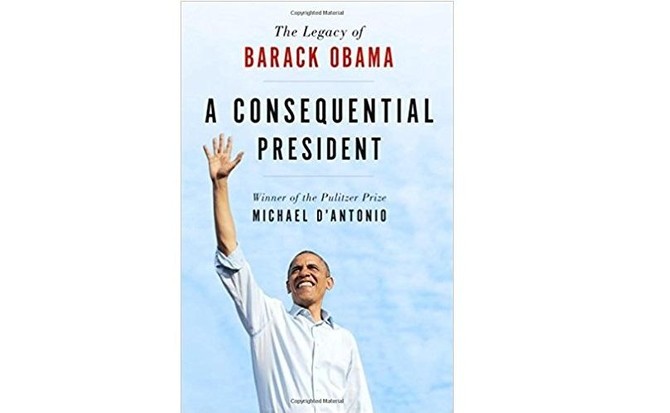
What We Are Reading Today: ‘Stellar English’

Author: FRANK L. CIOFFI
“Stellar English” lays out the fundamentals of effective writing, from word choice and punctuation to parts of speech and common errors.
Frank Cioffi emphasizes how formal written English—though only a sub-dialect of the language—enables writers to reach a wide and heterogenous audience.
Cioffi’s many example sentences illustrating grammatical principles tilt in an otherworldly direction, making up a science fiction story involving alien invasion.
What We Are Reading Today: A Deadly Indifference
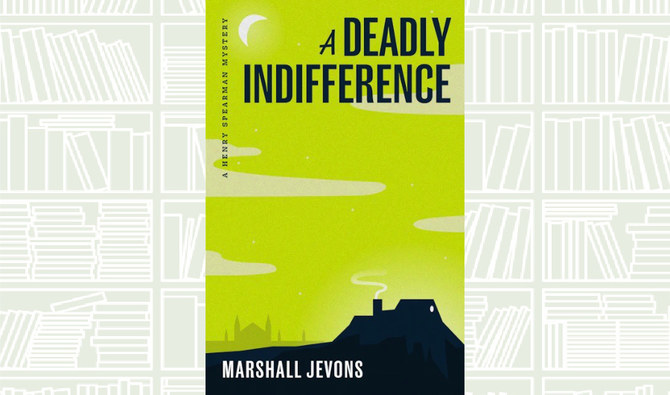
Author: Marshall Jevons
Harvard professor Henry Spearman—an ingenious amateur sleuth who uses economics to size up every situation—is sent by an American entrepreneur to Cambridge, England.
Spearman’s mission is to scout out the purchase of the most famous house in economic science: Balliol Croft, the former home of Professor Alfred Marshall, John Maynard Keynes’s teacher and the font of modern economic theory.
After a shocking murder, Spearman realizes that his own life is in danger as he finds himself face-to-face with the most diabolical killer in his career.
What We Are Reading Today: The Mystery of the Invisible Hand
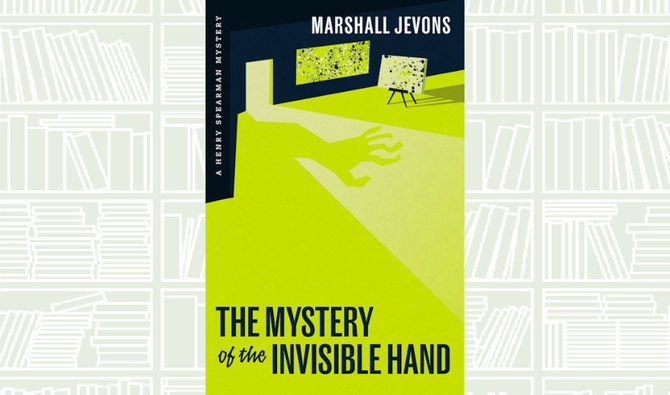
Author: Marshall Jevons
In “The Mystery of the Invisible Hand,” Henry Spearman, an economics professor with a knack for solving crimes, is pulled into a case that mixes campus intrigue, stolen art, and murder.
Arriving at San Antonio’s Monte Vista University to teach a course on art and economics, he is confronted with a puzzling art theft and the suspicious suicide of the school’s artist-in-residence.
From Texas to New York, Spearman traces the connections between economics and the art world, finding his clues in monopolies, auction theory, and Adam Smith.
What We Are Reading Today: ‘The Little Book of Beetles’
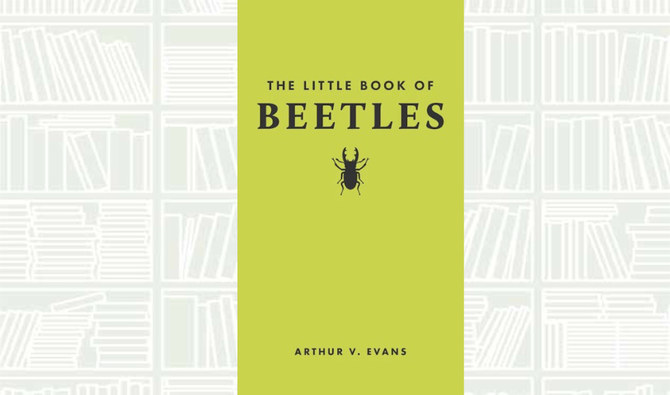
Author: ARTHUR V. EVANS
Packed with surprising facts, this delightful and gorgeously designed book will beguile any nature lover. Expertly written and beautifully illustrated throughout with color photographs and original color artwork, “The Little Book of Beetles” is an accessible and enjoyable mini-reference about the world’s beetles, with examples drawn from across the globe.
It fits an astonishing amount of information in a small package, covering a wide range of topics — from anatomy, diversity, and reproduction to habitat and conservation.
What We Are Reading Today: Spiderweb Capitalism: How Global Elites Exploit Frontier Markets
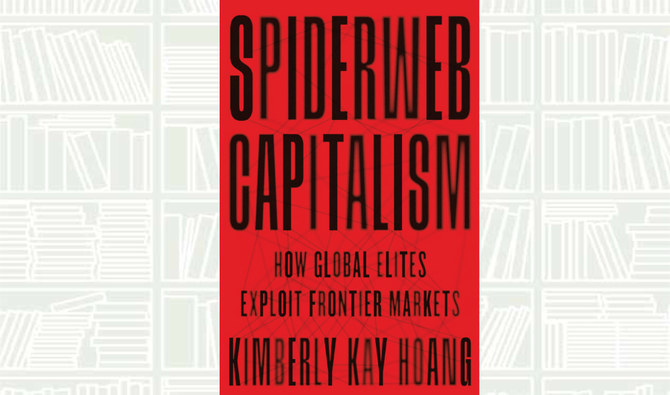
- Hoang reveals the strategies behind spiderweb capitalism and examines the moral dilemmas of making money in legal, financial, and political gray zones
Author: Kimberly Kay Hoang
In 2015, the anonymous leak of the Panama Papers brought to light millions of financial and legal documents exposing how the superrich hide their money using complex webs of offshore vehicles. Spiderweb Capitalism takes you inside this shadow economy, uncovering the mechanics behind the invisible, mundane networks of lawyers, accountants, company secretaries, and fixers who facilitate the illicit movement of wealth across borders and around the globe.
Kimberly Kay Hoang traveled more than 350,000 miles and conducted hundreds of in-depth interviews with private wealth managers, fund managers, entrepreneurs, C-suite executives, bankers, auditors, and other financial professionals. She traces the flow of capital from offshore funds in places like the Cayman Islands, Samoa, and Panama to special-purpose vehicles and holding companies in Singapore and Hong Kong, and how it finds its way into risky markets onshore in Vietnam and Myanmar.
Hoang reveals the strategies behind spiderweb capitalism and examines the moral dilemmas of making money in legal, financial, and political gray zones.
Dazzlingly written, Spiderweb Capitalism sheds critical light on how global elites capitalize on risky frontier markets, and deepens our understanding of the paradoxical ways in which global economic growth is sustained through states where the line separating the legal from the corrupt is not always clear.



